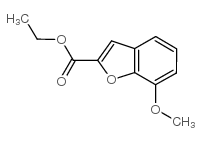148-53-8
| Name | ortho-vanillin |
|---|---|
| Synonyms |
2-Hydroxy-3-(methyloxy)benzaldehyde
ORTHO-VANILLIN VHR BQ CO1 Benzaldehyde, 2-hydroxy-3-methoxy- 2-Hydroxy-m-anisaldehyde EINECS 205-715-3 o-Vanillin 3-Methoxysalicylaldehyde MFCD00003322 2-Hydroxy-3-methoxybenzaldehyde |
| Description | o-Vanillin (2-Vanillin) is a nature product, could be extracted from Vanilla planifolia, Pinus koraiensis fruit. o-Vanillin is a potent antifungal agent. o-Vanillin inhibits the growth of mycelia by disrupting the integrity of cell walls and cell membranes. o-Vanillin inhibits Doxorubicin (HY-15142A)- and 4-hydroperoxycyclophosphamide-induced NF-κB activation[1][2]. |
|---|---|
| Related Catalog | |
| In Vitro | o-Vanillin (2-Vanillin; 0-125 μg/mL; 24-72 h) inhibits the mycelial growth of A. flavus in a dose-dependent manner[1]. o-Vanillin (0-100 μg/mL; 48 h; A. flavus) changes the morphology of mycelia and induces irregular shrinkage of the mycelia[1]. o-Vanillin (0-100 μg/mL; A. flavus) decreases the protein content of the cell wall surface and the content of β-1,3-glucan[1]. o-Vanillin (0-100 μg/mL; A. flavus) destroys cell membrane integrity. o-Vanillin releases cell constituents and decreases extracellular pH value[1]. o-Vanillin (0-100 μg/mL) could effectively inhibit the growth of A. flavus on corn kernels[1]. o-Vanillin (0-250 μM) inhibits doxorubicin-mediated induction of NFĸB activity by 65% in A375/NFĸB-Luc cells. o-Vanillin suppresses 4-HC-induced activity by 43%[2]. |
| In Vivo | o-Vanillin (2-Vanillin; 60 mg/kg; p.o.; daily, for 5 d) inhibits tumor growth in mice bearing A375 human melanoma xenografts[2]. Animal Model: Male NSG mice with A375 human melanoma xenografts (12-16 weeks of age)[2] Dosage: 60 mg/kg Administration: Oral administration; daily, for 5 days Result: Delayed the growth of A375 human melanoma xenografts in immunodeficient NSG mice. |
| Density | 1.2±0.1 g/cm3 |
|---|---|
| Boiling Point | 265.5±0.0 °C at 760 mmHg |
| Melting Point | 40-42 °C(lit.) |
| Molecular Formula | C8H8O3 |
| Molecular Weight | 152.147 |
| Flash Point | 94.0±15.3 °C |
| Exact Mass | 152.047348 |
| PSA | 46.53000 |
| LogP | 1.40 |
| Vapour Pressure | 0.0±0.5 mmHg at 25°C |
| Index of Refraction | 1.588 |
| Water Solubility | slightly soluble |
CHEMICAL IDENTIFICATION
HEALTH HAZARD DATAACUTE TOXICITY DATA
|
| Symbol |

GHS07 |
|---|---|
| Signal Word | Warning |
| Hazard Statements | H302-H315-H319-H335 |
| Precautionary Statements | P261-P305 + P351 + P338 |
| Personal Protective Equipment | dust mask type N95 (US);Eyeshields;Gloves |
| Hazard Codes | Xi:Irritant |
| Risk Phrases | R36/37/38 |
| Safety Phrases | S23-S36-S24/25 |
| RIDADR | NONH for all modes of transport |
| WGK Germany | 3 |
| RTECS | CU6530000 |
| HS Code | 29124900 |
| Precursor 10 | |
|---|---|
| DownStream 10 | |
| HS Code | 2912499000 |
|---|---|
| Summary | 2912499000. other aldehyde-ethers, aldehyde-phenols and aldehydes with other oxygen function. VAT:17.0%. Tax rebate rate:9.0%. . MFN tariff:5.5%. General tariff:30.0% |


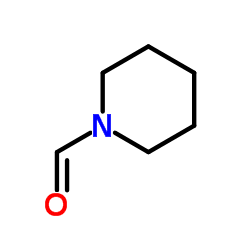
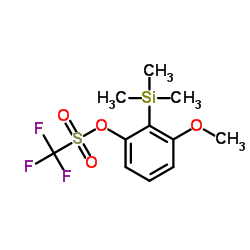
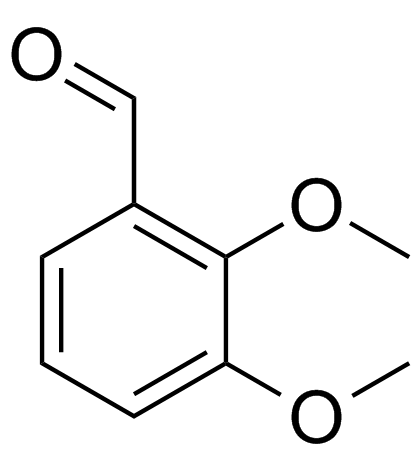
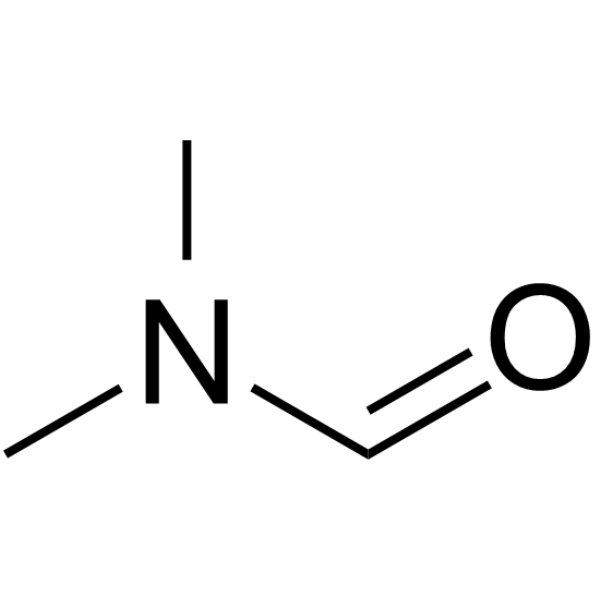
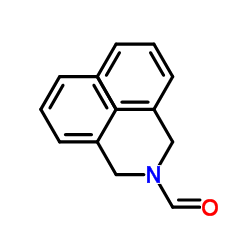
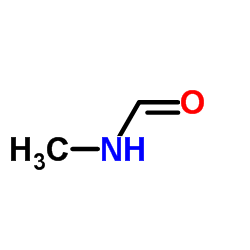
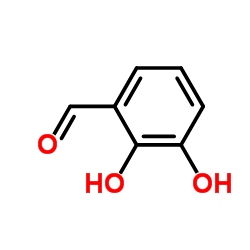

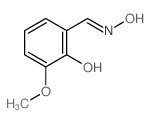


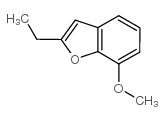
![2-methoxy-6-[[(4-methylpyridin-2-yl)amino]methylidene]cyclohexa-2,4-dien-1-one structure](https://image.chemsrc.com/caspic/465/106052-58-8.png)

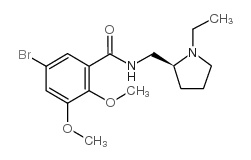
![6-[[(6-aminopyridin-2-yl)amino]methylidene]-2-methoxycyclohexa-2,4-dien-1-one structure](https://image.chemsrc.com/caspic/199/111844-11-2.png)
![Benzo[d][1,3]dioxole-4-carboxylic acid structure](https://image.chemsrc.com/caspic/078/5768-39-8.png)
